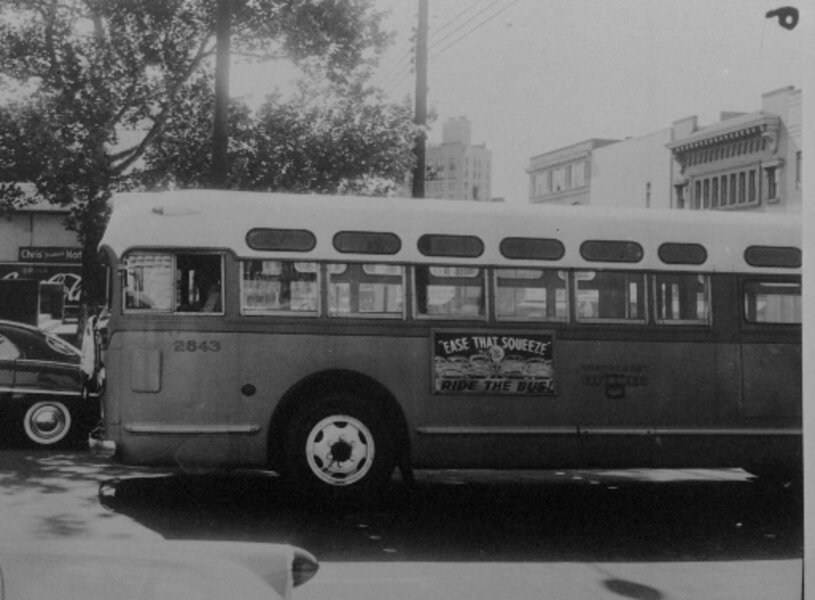Lasting just over a year, the Montgomery bus boycott was a protest campaign against racial segregation on the public transit system in Montgomery, Ala. The protest began, on Dec. 1, 1955, after African-American Rosa Parks was arrested for refusing to give up her seat on a bus to a white person. The next day, Dr. King proposed a citywide boycott of public transportation at a church meeting.
The boycott proved to be effective, causing the transit system to run a huge deficit. After all, Montgomery’s black residents not only were the principal boycotters, but also the bulk of the transit system’s paying customers. The situation became so tense that members of the White Citizens' Council, a group that opposed racial integration, firebombed King's house.
In June 1956, a federal court found that the laws in Alabama and Montgomery requiring segregated buses were unconstitutional. However, an appeal kept segregation intact until Dec. 20, 1956, when the US Supreme Court upheld the district court's ruling. The boycott's official end signaled one of the civil rights movement's first victories and made King one of its central figures.







